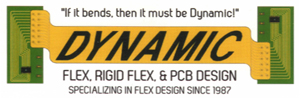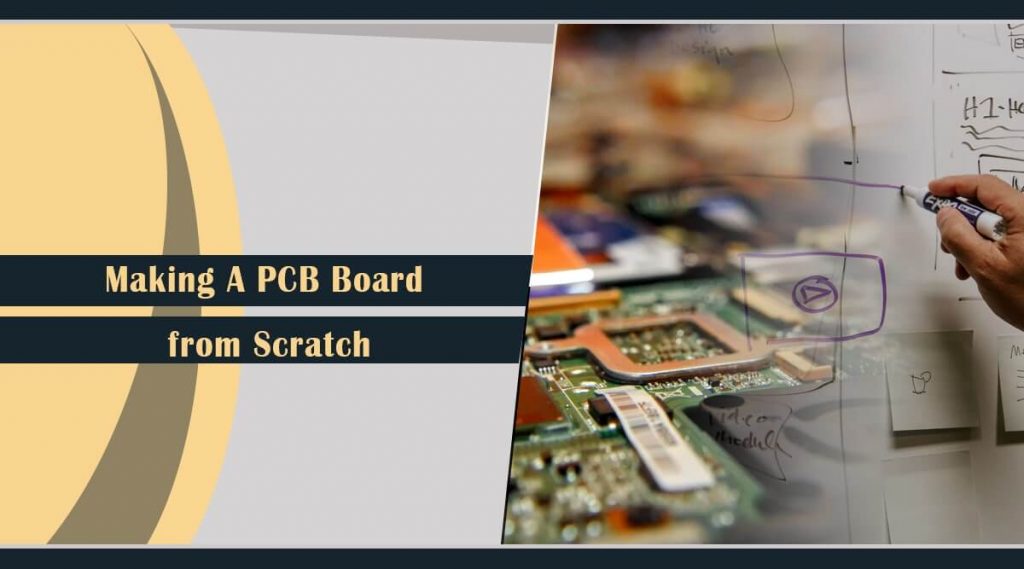PCB manufacturing in the USA is a process that requires electronic engineers for PCB design and manufacturing. Several PCB manufacturing companies work as a team of the supply chain.
Making a PCB board from scratch or custom PCB manufacturing can be complicated or straightforward. Flexible PCB manufacturing depends on the level of the person. This is often associated with production and PCB manufacturing experts who already have their design but want to add something else, modify what they already have, or provide a professional and durable finish to their project.
Although the internet abounds with PCB board manufacturing tutorials, many are meaningless or very tangled. Here we will guide you step by step on PCB design and manufacturing to achieve it from scratch.
Materials for PCB manufacturing in the U.S
It depends on each project. To create a PCB that is custom PCB manufacturing, here, a set of materials make it possible to create a prototype and subsequent manufacture. We will put a shortlist with example elements. If you are familiar with electronics, you will know what each component is about. We talk about:
- A 400 or 800 point breadboard
- 3 5mm led lamps, with different colors
- One 9v battery
- One 9v battery connector
- 3 100 k Ω potentiometers
- An RGB led lamp
- Five 470 Ω resistors
- Five 1 kilo ohm resistors
- A 5*9 cm perforated PCB board, with individual holes on each side. For this, we will have a PCB design software that will serve to have the model as we want.
- Soldering iron or soldering iron of 40w to carry out the welds
- A solder (tin) with a resin core
- A strip of pins with 40 units
- Cable series
PCB board manufacturing: requirements
- The breadboard and the terminals of each electrical component go to each hole. You have to be careful because each connection demands correct fitment to avoid a malfunction through-hole type component.
- It is necessary to have a diagram and the symbol of each component so that when assembling the board, all the current usually flows.
Among the existing components, we have two, which are as follows:
Through-hole: they are passive or active components, with legs inserted into small holes attached to the plate by welding.
SMD: They are also passive or active components, with pins attached to the board employing pad-type solders. They are the most used today.
Surface mount component (SMD)
As the case may be, we connect these components to create the electrical circuit according to our schematic or diagram. Here we will need the 470-ohm resistor, a led, and the 9v battery. The battery and the resistor must face each other. On one side, the LED lamp is present, which lights up the surroundings.
Another variant of this circuit is using LED lamps of different colors, also using potentiometers that will serve to give different levels of power to the lights. This will shine to a greater or lesser extent as programmed. To do this, we connect the 470-ohm resistor to a negative cable. The positive wire with the LEDs. The order would be LED, resistor, potentiometers, and battery.
Conclusion:
Custom PCB manufacturing by creating an electronic circuit using a motherboard is quite simple. At least in this related experiment. We only need to be clear about the circuit to develop and obtain the necessary components. Besides, we must be cautious with the connections to ensure the proper functioning of the model.

